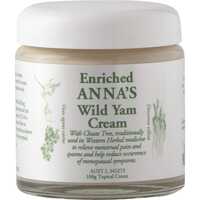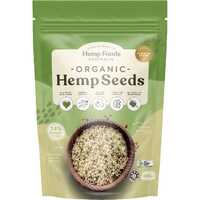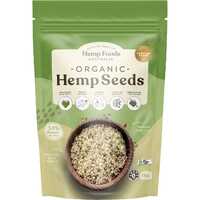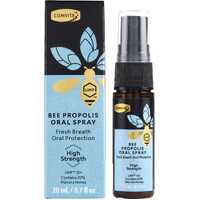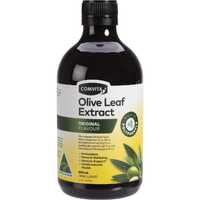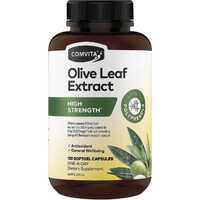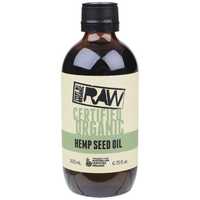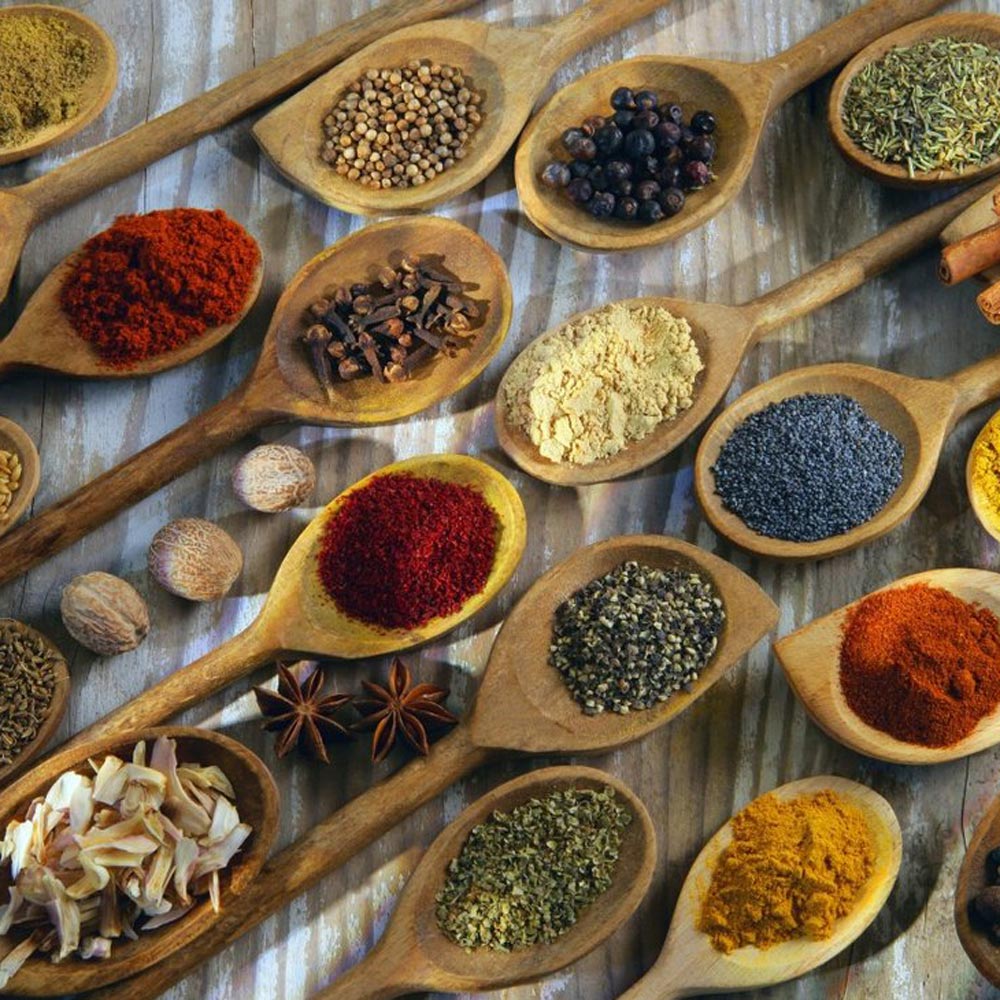In recent times, there has been a sharp rise in interest in natural medicines and nutritional supplements. Rather than looking for an "alternative," people around the world are using traditional ingredients to "complement" modern medicine. Traditional remedies can help to prevent and treat a range of illnesses, with active natural ingredients providing a powerful companion to modern medical practice.
The use of natural materials for health purposes is far from new, with traditional practitioners using plant-based tonics and herbal medicines since the dawn of mankind. From herbs and spices to powerful plant extracts, lots of materials have been used to improve health and promote wellness. Let's review the history of health remedies, analyse links to the modern age, and list some of the most powerful ancient medicines still used today.
A Short History of Traditional Medicinal Practices
Every culture on Earth has developed medicinal practices based on the use of natural materials. Traditions in some parts of the world have blossomed into regulated systems, including traditional Chinese medicine, Indian Ayurveda, Japanese Kampo, and Perso-Arabic Unani. Many African, American, Pacific, and European cultures also have a history of traditional medicine, as does every other culture on planet Earth.
The use of plant-based medicines can be traced back at least 60,000 years. Herbs were depicted in French cave paintings as early as 25,000 BC, healing ointments were made from fragrant plants around 7,000 BC, and the spice trade flourished in ancient Greece around 700 BC. Known as the father of modern medicine, Hippocrates catalogued roughly 400 herbs around 400 BC, as new plant varieties made their way around the world.
In contrast, the age of "modern medicine" only started in 1805, which is when the morphine compound was isolated from the opium poppy. Most of the drugs that spurned the modern age of medicine came from natural products, many of which are still consumed today. Traditional medicines still play a huge role in global healthcare, with a synergistic relationship existing between old and new medical practices. Not only are natural remedies very powerful in their own right, but ancient ethnobotany has a lot to teach modern medicine as well.
The Modern Use of Natural Remedies
Natural remedies are still widely used today, both in their traditional form and as pharmaceutical derivatives. According to the World Health Organisation, 75% of the global population currently uses natural herbs for their basic healthcare needs. While this number is likely to be much lower in western cultures, it is rising all the time as people learn more about traditional materials. Along with fulfilling basic healthcare needs, natural remedies are also taken as tonics to enhance physical health and support emotional wellbeing.
While they're often talked about in opposing terms, strong ties exist between modern and traditional medicines. Many conventional pharmaceutical drugs are derived from nature, including some derived directly from traditional remedies. For example, aspirin comes from willow tree bark, digoxin comes from the lanata flower, and morphine comes from the opium poppy. In fact, more than 60% of all medicines are either natural products or secondary metabolites of natural products. More than anything else, the history of drug development has been about learning lessons from nature.
Powerful Ancient Remedies For Modern Times
The following natural materials may have ancient origins, but they still play a vital role in modern health. From old-world spices to powerful plant extracts, let's review four of the best natural remedies on the market today.
Olive leaf extract
Olive leaf, or Olea europaea, has an extensive history of use as a medicinal plant. Olive leaf was thought to provide heavenly powers by the ancient Egyptians, taken to control diabetes in traditional Moroccan cultures, and mentioned in the Bible as a medicinal ingredient. Olive leaf was used to treat fever and malaria in the 1800s, with the active compound oleuropein isolated in the 1900s as it gained global popularity as a general health tonic.
Olive leaf can be consumed in many forms, from dried materials in food to steeped teas, powders, and liquid extracts. The benefits of this plant are mostly due to oleuropein, but it also contains additional active compounds like hydroxytyrosol, along with a range of polyphenols and flavonoids. Olive leaf is widely taken as a preventive measure, and it's also consumed to help fight particular infections and diseases.
Olive leaf has a range of antibacterial, antifungal, and hypoglycaemic properties, and it's an effective antioxidant capable of fighting various inflammatory diseases. Multiple studies into olive leaf have taken place over recent decades, with this powerful plant shown to regulate blood pressure and support cardiovascular function, among other benefits. Olive leaf extract can also promote weight loss when combined with a healthy diet and exercise regime, and it's a good source of the anticancer compounds apigenin and luteolin.
Ginger
Ginger is the rhizome of Zingiber officinale, which is a perennial plant used all over the world as a culinary spice and health remedy. The history of ginger as a medicine goes back thousands of years, from traditional Persian culture to ancient China, India, South America, and Africa. Throughout the world and across the ages, ginger roots and extracts have been consumed for their medicinal effects.
Ginger is consumed in many ways, with the root typically ground down for easy consumption. It can also be used in teas, made into an extract, and combined with candy, beer, or wine. Ginger is a base ingredient in many global cuisines, featuring heavily in Indian, Southeast Asian, and Caribbean dishes, among others. Along with food, which is the original medicine, ginger is often taken for specific health purposes.
Ginger is an effective general health tonic, and it's also associated with a range of specific benefits. This powerful plant is good for cognitive function, great for nausea, and fantastic for heart health. It may even play a positive role in weight loss, according to some studies, and has been shown to reduce joint pain and the symptoms of osteoarthritis. This amazing plant is great for digestive issues, and it's particularly effective at treating chronic indigestion and expelling wind from the stomach. Over the years, ginger has even been used as an aphrodisiac.
Hemp seeds
Hemp is one of the oldest plants used by humanity, with its cultivation and use stretching back thousands of years. From fibre and fabric to food and medicine, this incredible plant has helped to shape human civilisation. Hemp was cultivated by ancient Japanese cultures around 8000 BC, used in ancient China to make ropes and paper, and mentioned several times in sacred Hindu texts for its spiritual value. This much-loved and highly useful plant became global around the turn of the first millennium, spreading first to the Middle East and then into Europe and the new world.
Along with highly practical and deeply spiritual applications, hemp has long been loved for its medicinal value. Hemp seeds are one of the richest sources of nutrition on the planet, and they're also very tasty. They can be eaten whole, consumed in powdered form, turned into milk, or transformed into rich oil. If you want a condensed form of hemp for maximum efficiency, you can purchase hemp seed extracts and supplements to add to your regular diet.
Hemp seeds and oils are particularly rich in healthy fats, including various omega-3 and omega-6 fatty acids. These fats are known to promote heart health by helping to reduce cholesterol, blood pressure, and triglycerides. According to some studies, adding hemp to your diet may reduce your risk of developing heart problems in the future. Hemp oil is also rich in gamma-linolenic acid (GLA), which reduces the effects of the prolactin hormone and lessens the symptoms of premenstrual stress. Hemp is a rich source of plant-based protein and a delicious, low calorie food that's easy to include in any diet.
Propolis
Some foods are so life-affirming that they never go out of fashion. Propolis, which is basically bee glue, has been consumed for centuries due to its amazing health benefits. This resin-like material is made by bees to build their hives, and it's also loved by humans as a natural remedy. The ancient Greeks loved to eat propolis, as did the Romans and Egyptians. The nutritional profile of propolis is great for fighting bacteria, viruses, and fungi, and it also has a strong anti-inflammatory effect.
Propolis is composed mostly of resin at 50%, followed by wax at 30%, essential oils at 10%, pollen at 5%, and other organic compounds at 5%. It also includes a range of phenolic compounds, 12 different flavonoids, and a huge variety of vitamins and minerals. Propolis has numerous health applications, thanks to its antiseptic, antioxidant, antibacterial, anti-inflammatory, antifungal, antiulcer, and anticancer properties. Among other things, it potentiates the defence system and helps to treat immune system disorders. Other honeybee products are also beneficial to human health, including royal jelly and regular household honey.
Despite huge advances in technology, commerce, and culture, the human body has changed very little over thousands of years. Traditional medicine still has a lot to teach us, with natural remedies continuing to support good human health. Whether combined with food or taken as supplements, the wisdom of the ancient world is a powerful complement to the wonders of modern medicine.


 Certified Organic
Certified Organic Vegan Friendly
Vegan Friendly  Vegetarian
Vegetarian Organic Ingredients
Organic Ingredients Dairy Free
Dairy Free Gluten Free
Gluten Free Keto Friendly
Keto Friendly

















